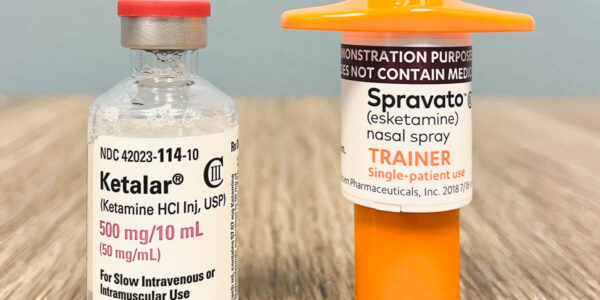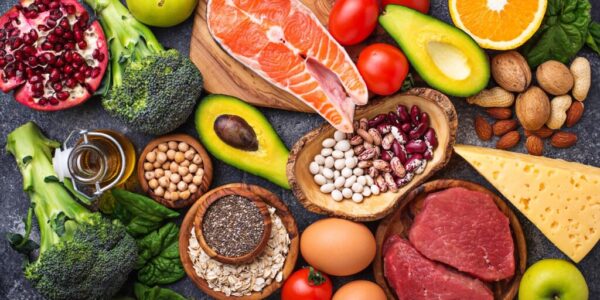LISTEN TO THIS ARTICLE:
As a mother of two young adults, I was drawn to the story of Saoirse Kennedy-Hill, the beautiful, 22-year-old granddaughter of Robert F. Kennedy who died by suicide on Thursday. I felt captivated and puzzled by the photographs of happiness and silly joy. I thought how few resources we, as parents, have in order to fight against the silent dangers of suicide in young adults. The first visible news reports on a Google Search spoke of a Kennedy Curse. However, that does not fuel my fear, as it seems just sensational fodder. What does alarm me is the number of young adults who are dying every day because they are depressed, anxious, or using drugs. Those numbers keep me awake at night. Each individual death is a shock that contradicts the wonderful spirit of each son or daughter, sister or brother.
“She lit up our lives with her love, her peals of laughter, and her generous spirit,” read the family statement on Thursday afternoon after the call to the police about a possible drug overdose.
Hidden pain
These peals of laughter and smiling photos do not seem to match the gifted student who wrote an article for her high school paper, The Deerfield Scroll in 2016. In it, she reveals that the appearance of happiness often hides a deep pain.
Although mostly a happy child, I suffered bouts of deep sadness that felt like a heavy boulder on my chest. These bouts would come and go, but they did not outwardly affect me until I was a new junior at Deerfield. I totally lost it after someone I knew and loved broke serious sexual boundaries with me. I did the worst thing a victim can do, and I pretended it hadn’t happened. This all became too much, and I attempted to take my own life.
After a leave of absence from school to attend a psychiatric treatment center, Saoirse decided to write the article. She felt that it was too difficult to initiate conversations with her teachers and friends who, because of privacy laws, did not know the truth. Instead, they had heard many different rumors about why she was absent for so long. For such a young girl, she articulates the pain and suffering of depression in a mature and insightful manner:
Many people are suffering, but because many people feel uncomfortable talking about it, no one is aware of the sufferers. This leaves people even more alone. Since I spoke about this issue at a school meeting, I have had countless people approach me, telling me that they, too, are struggling and would love to be more open about it.
Overdoses on the rise
Nearly all news agencies are focusing on the fact that when the police were called on Thursday afternoon, a possible drug overdose was mentioned during the emergency call. The toxicology report has not come in yet. Yes, drug overdoses have breached every socioeconomic rung in this country. The CDC reports that the drug-induced mortality of 73,990 people in 2017 was 9.6% higher than 2016. Surprisingly, non-Hispanic white females died 60.8% more frequently by drugs than non-Hispanic black females and 265.5% more often than Hispanic females. If this young adult’s death were an overdose, then she is, unfortunately, in the group of the highest drug-related deaths.
The National Institute on Drug Abuse reported in January of 2019 that U.S. drug overdose deaths have doubled since 2007’s 36,010. It is important to note that an overdose is not necessarily intentional: deaths may occur by accidentally consuming a fatal dose. In addition, The CDC’s report on overall intentional death by injury (self-poisoned, shot from a gun, or from a fall) are 14.5% of every 100,000 deaths percent (47,173), but 5,799 additional deaths are given an indeterminate status regarding intent, so the number may be higher. In addition, 1,400,000 people have tried to kill themselves in 2017.
Ultimately, most deaths occur by what the CDC calls “mechanics,” by an outside mechanism or injury. Over 240,000 people or 74.6% of every 100,000 deaths are due to injury from substances or another source, often out of someone’s control. While the Centers for Disease Control reported a 5% decrease in drug-related deaths (down from 73,990 to 68,000 in 2018), most experts remind that this is not time for a celebration; the numbers are far higher than any annual death due to cars, guns, or other injury. So, what do all of these numbers mean?
Suicide doesn’t discriminate
For me, it means that our young adults are dying at an alarming rate, dying more frequently than ever before, and they are dying in every socioeconomic stratum. Both depression and drugs do not discriminate. It means that our sons and daughters face a serious risk every time they party. Death rates by opioids were up to 47,600 in 2017, much higher than heroin overdoses of about 15,000.
Is there an answer? One attempt by many parents is to reach out to professionals. The Kennedy family placed Saoirse into a professional care facility to treat depression at the age of seventeen. They were recently attempting to place her into another facility as recently as February. When I look at the photos, I see a young woman who was well loved and well cared for. She was a daughter who may have lived from sixteen to twenty-two because of all that care, but also a woman who died despite that care.


 Learn
Learn Read Stories
Read Stories Get News
Get News Find Help
Find Help
 Share
Share
 Share
Share
 Share
Share
 Share
Share



